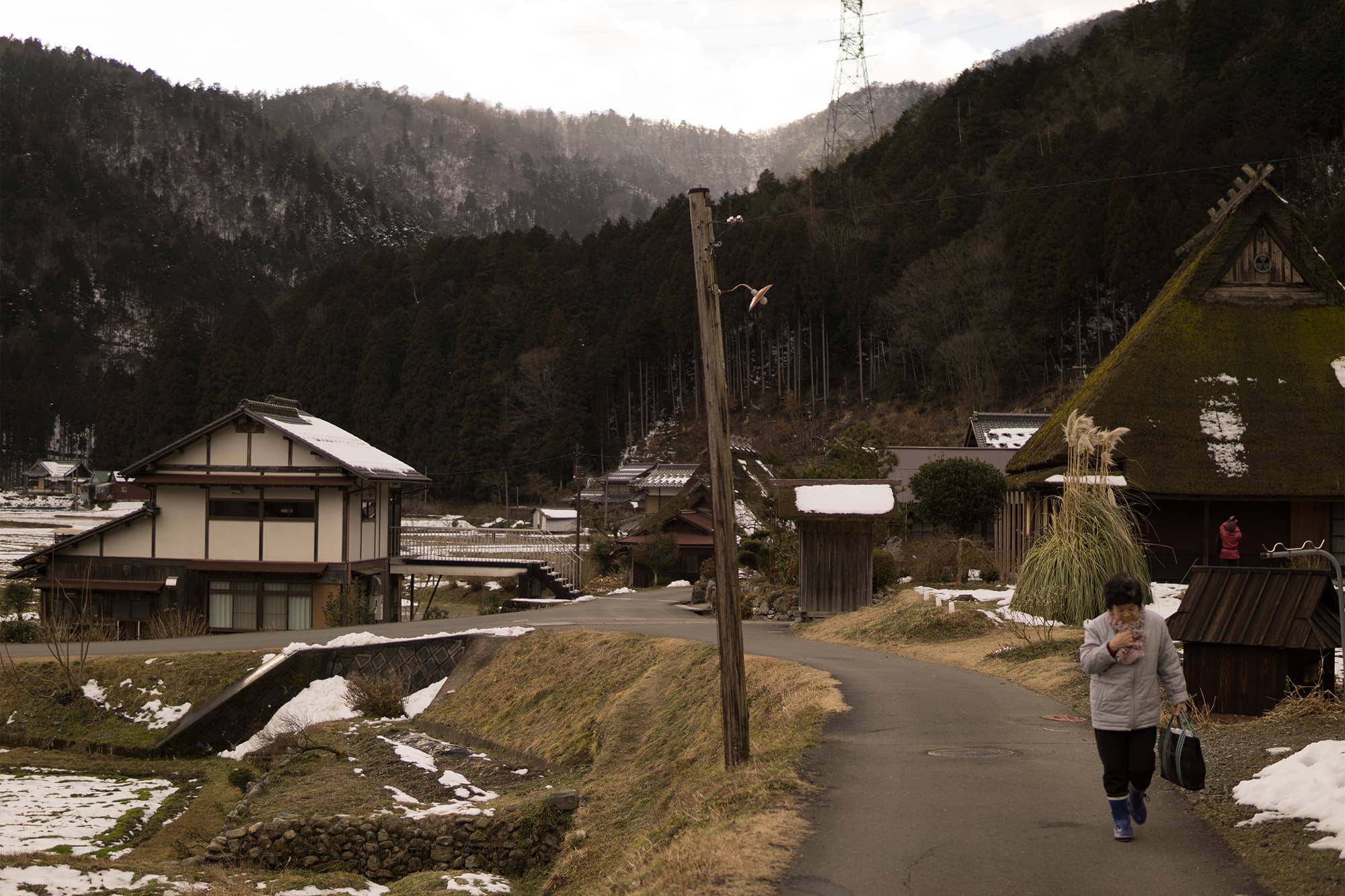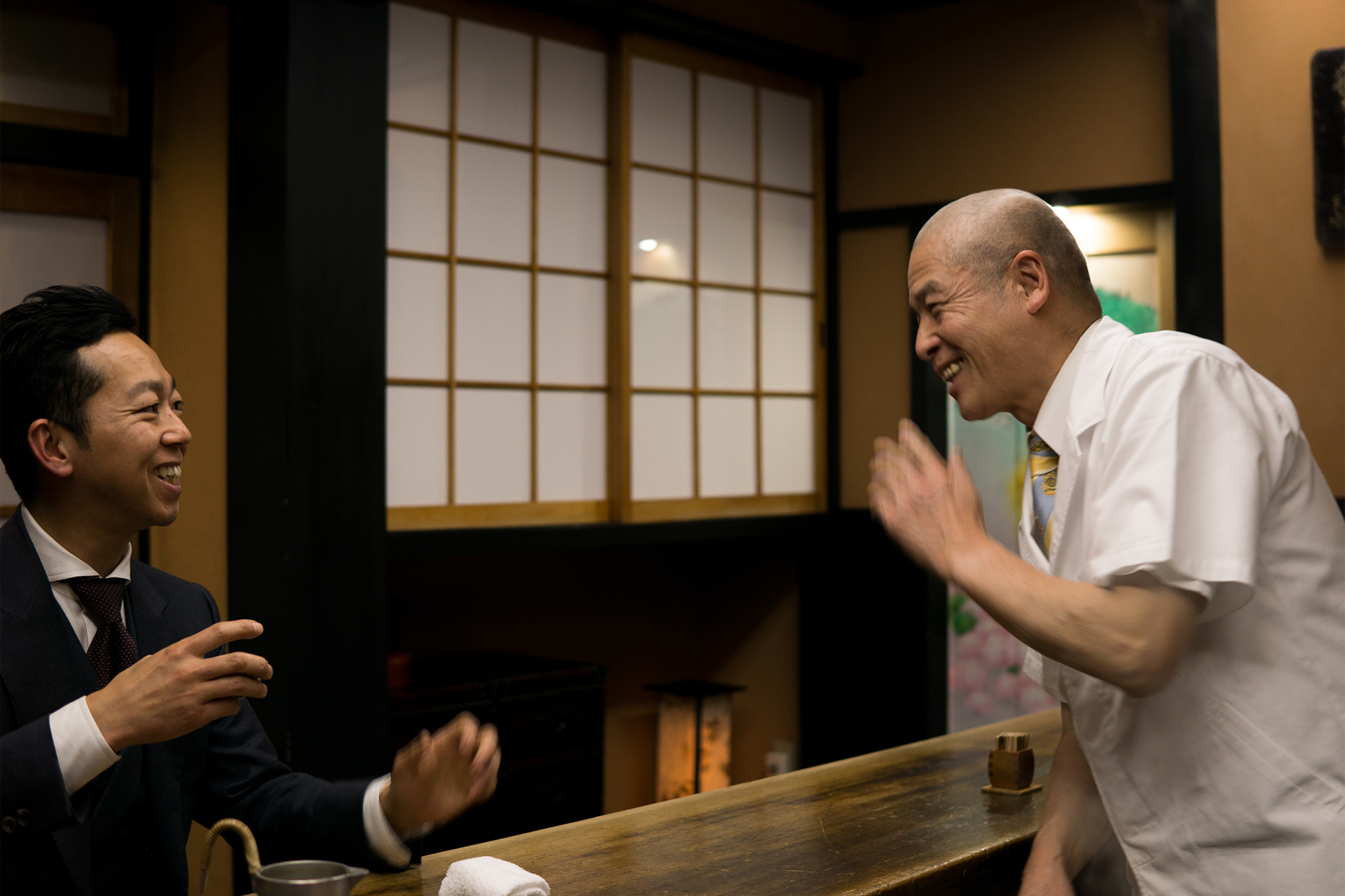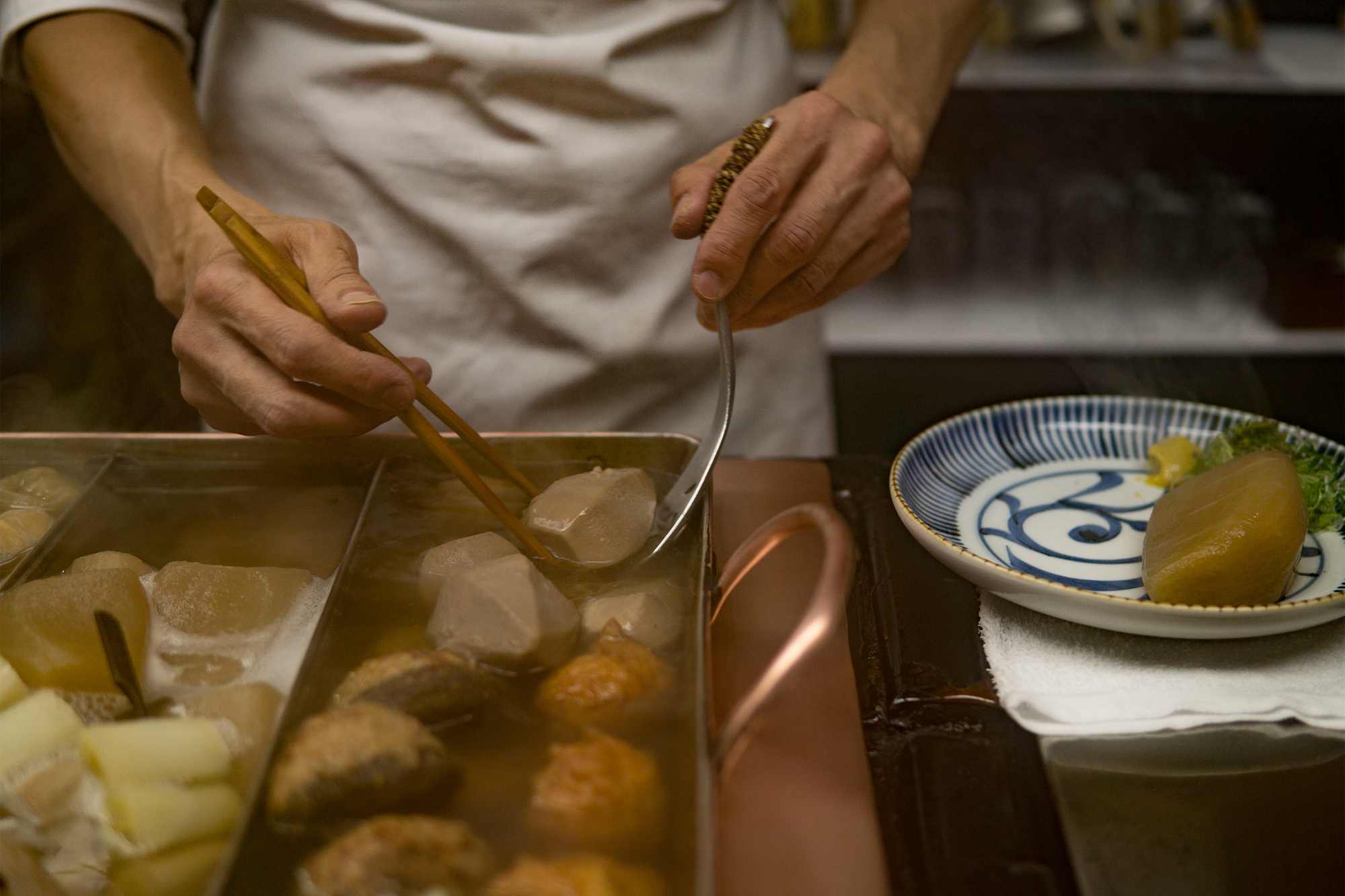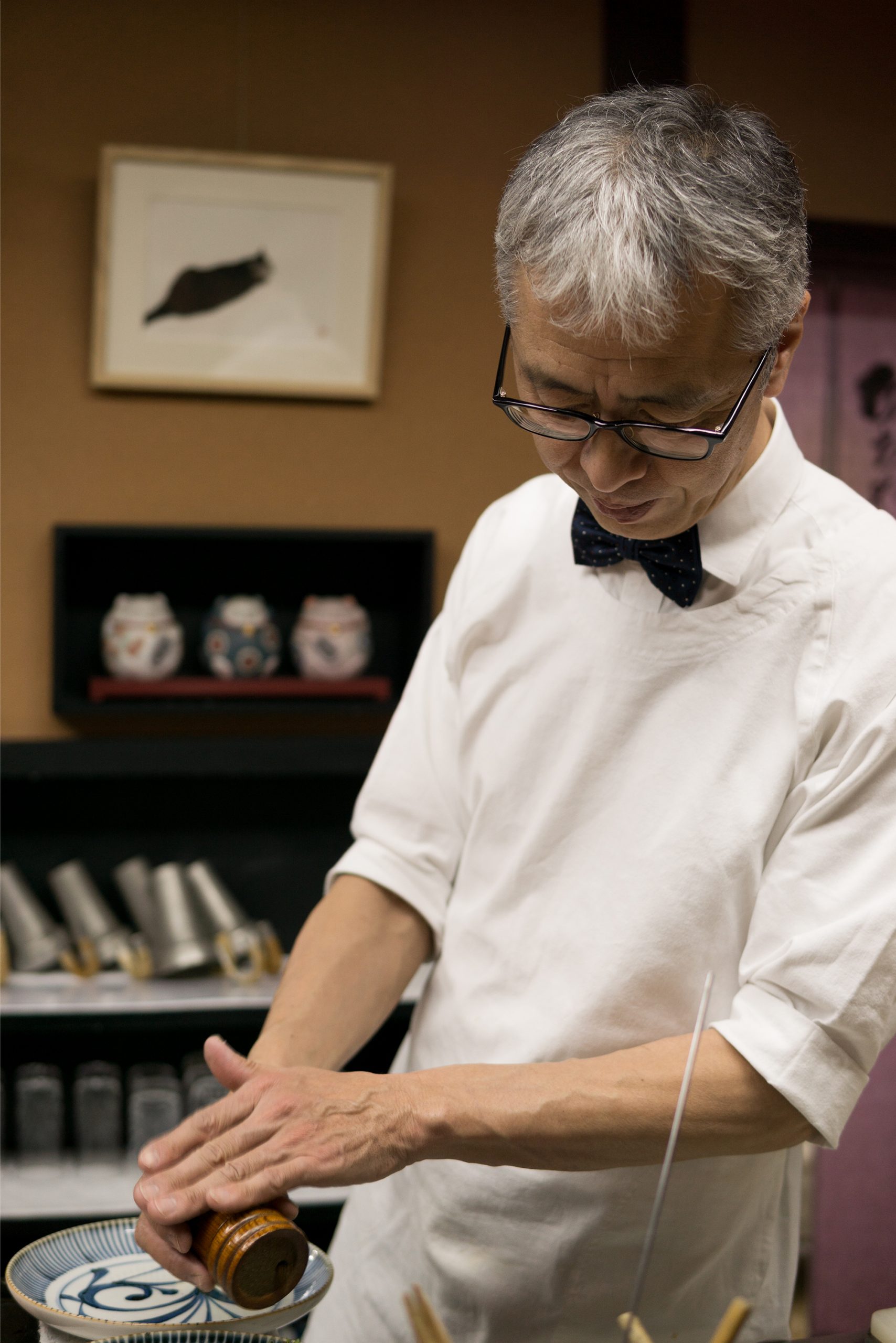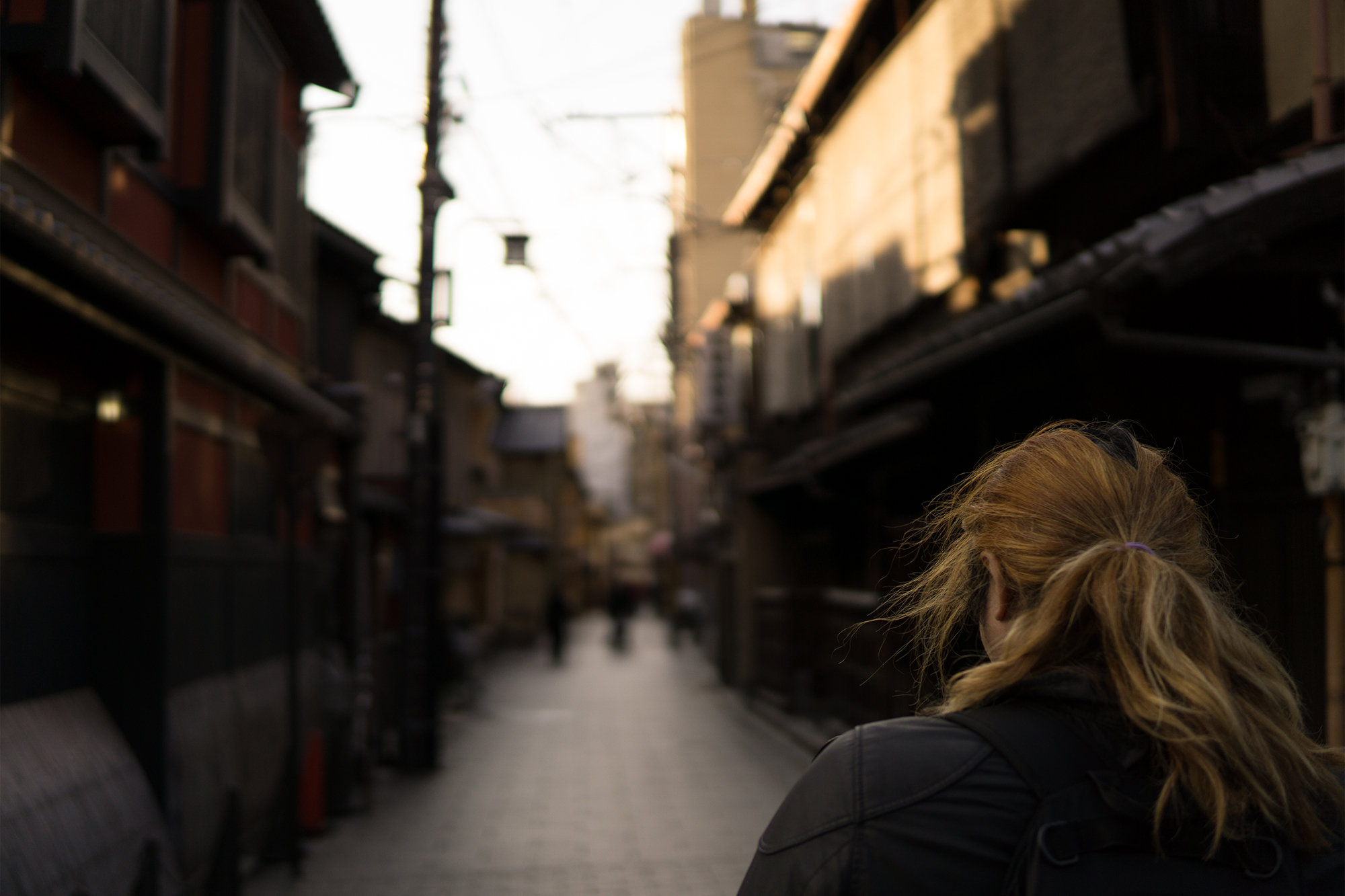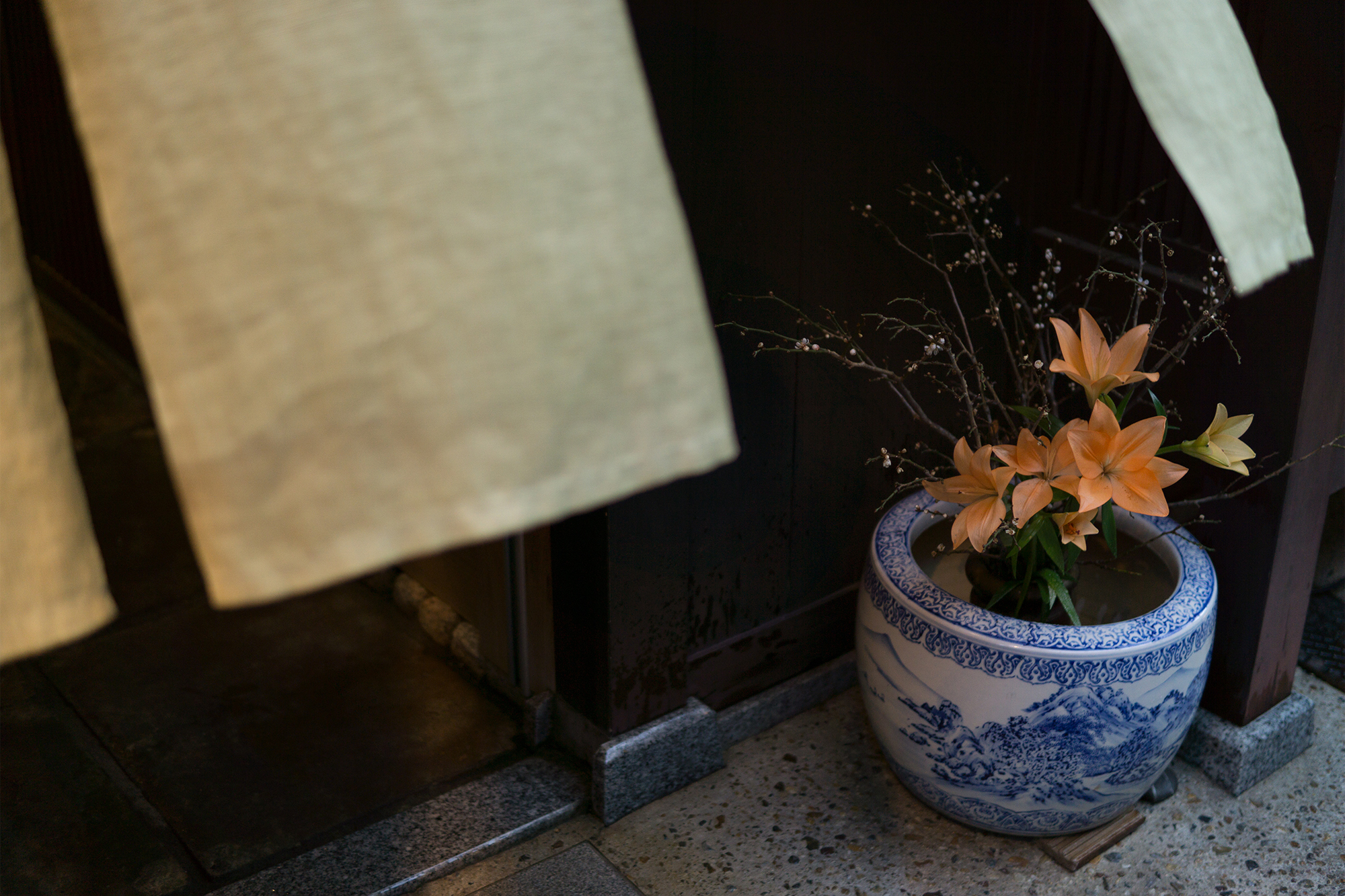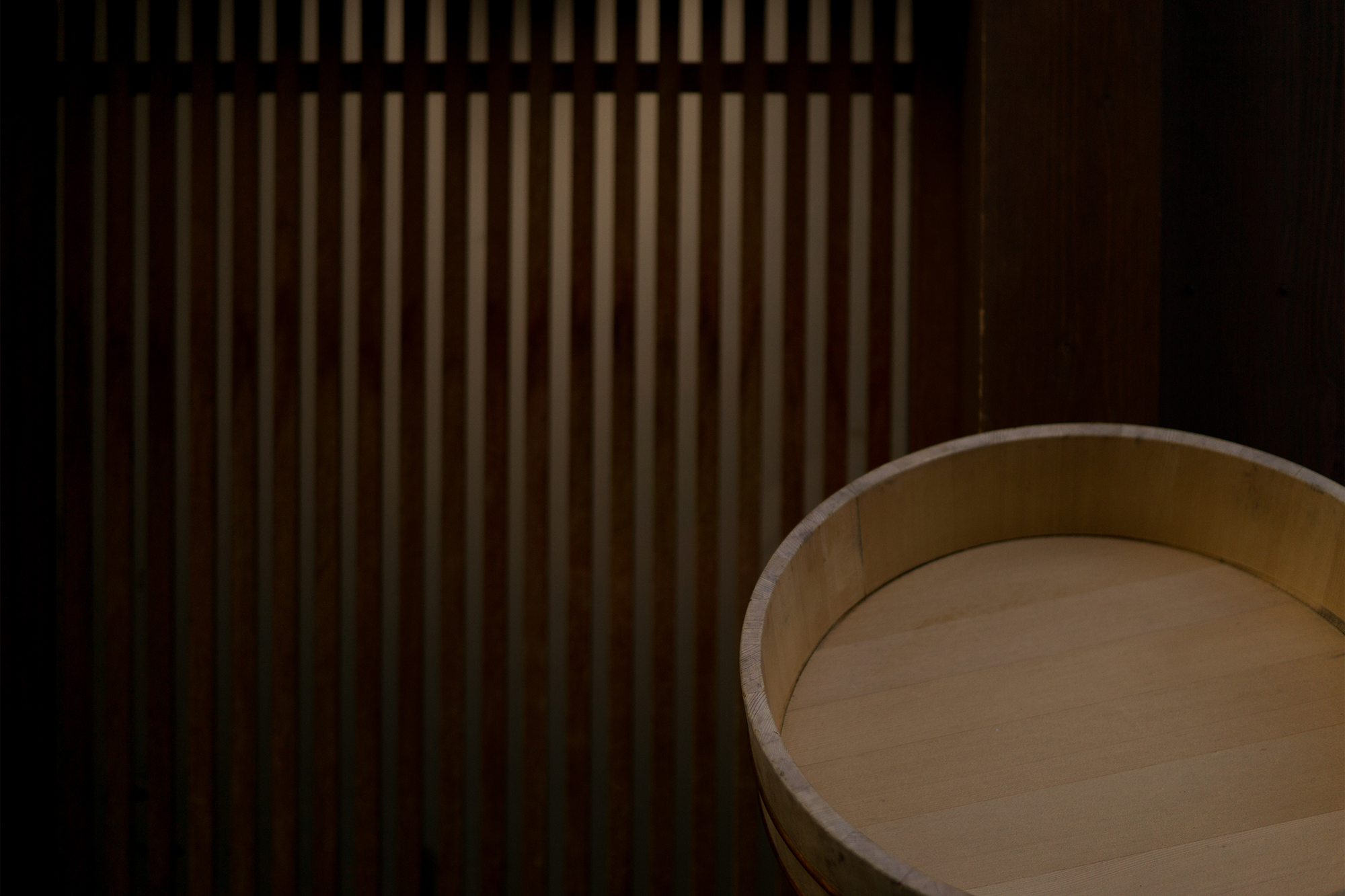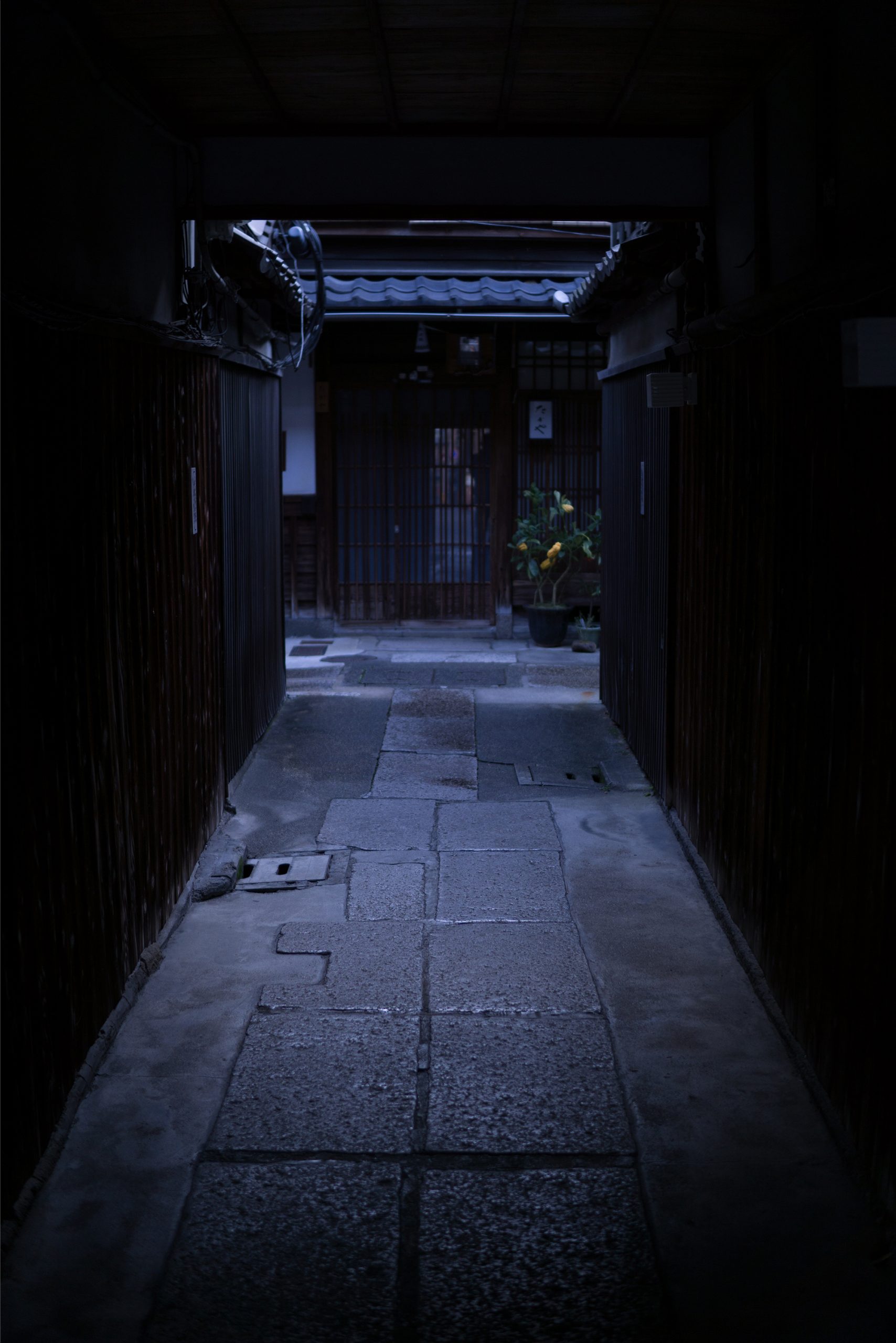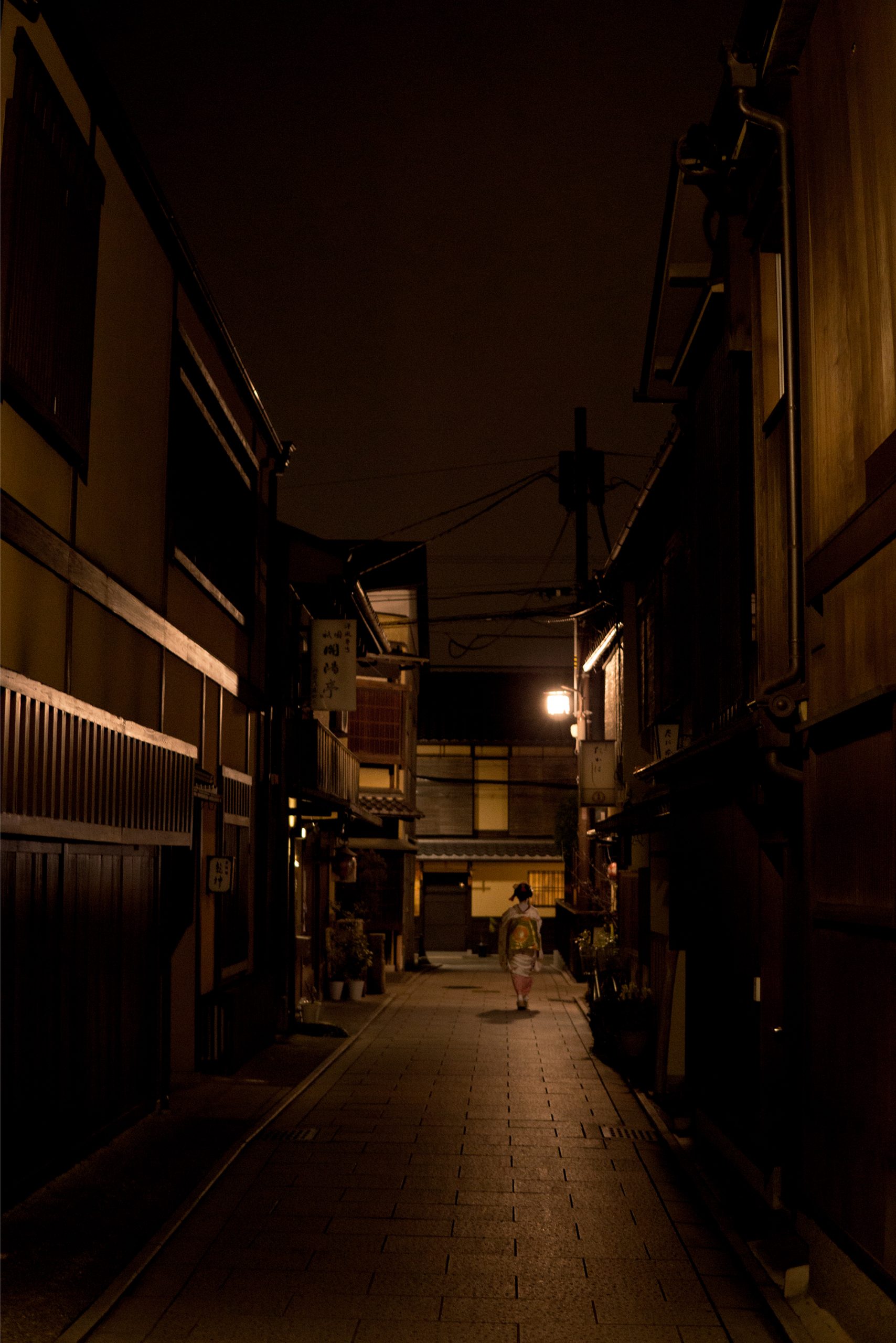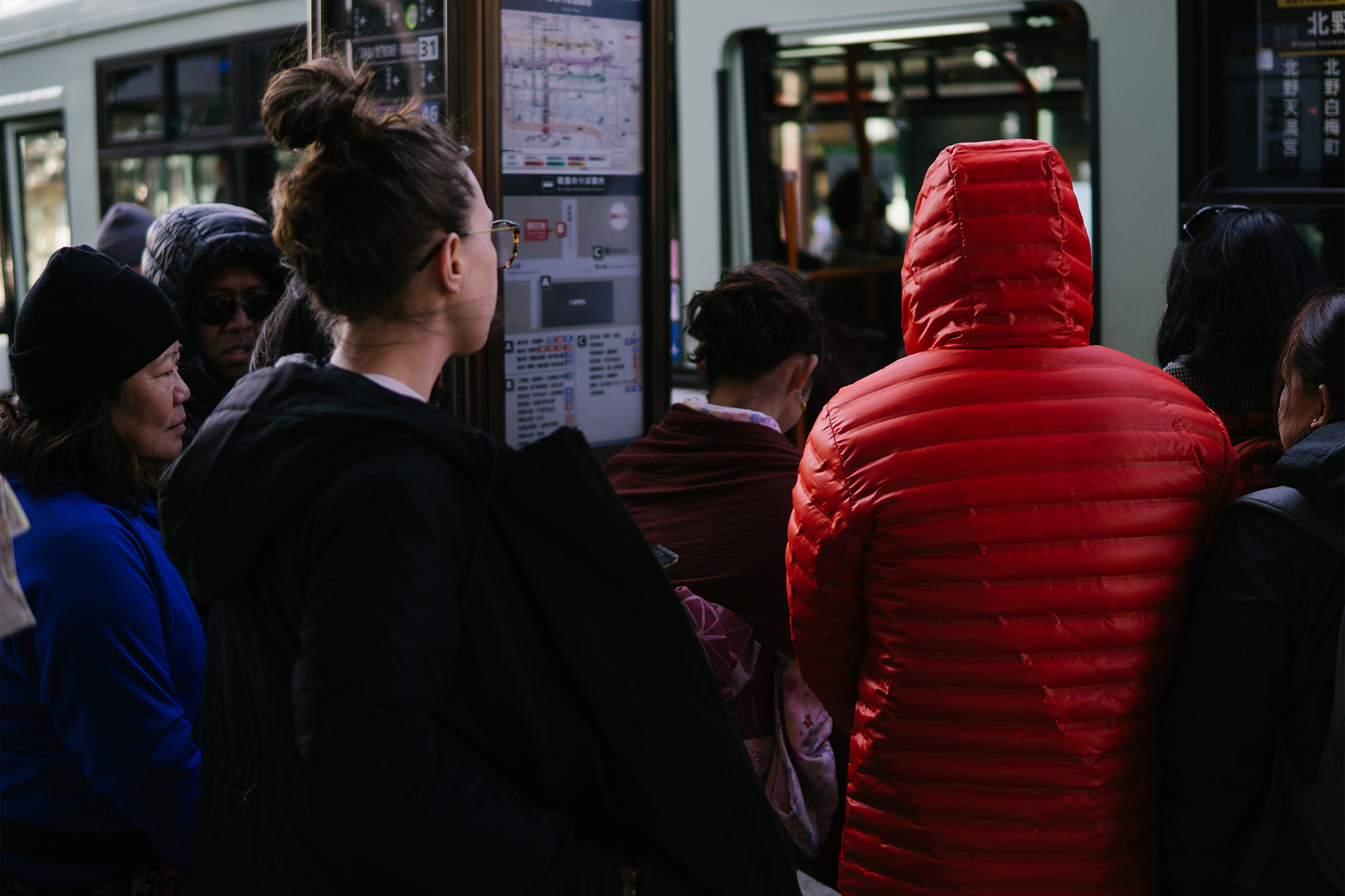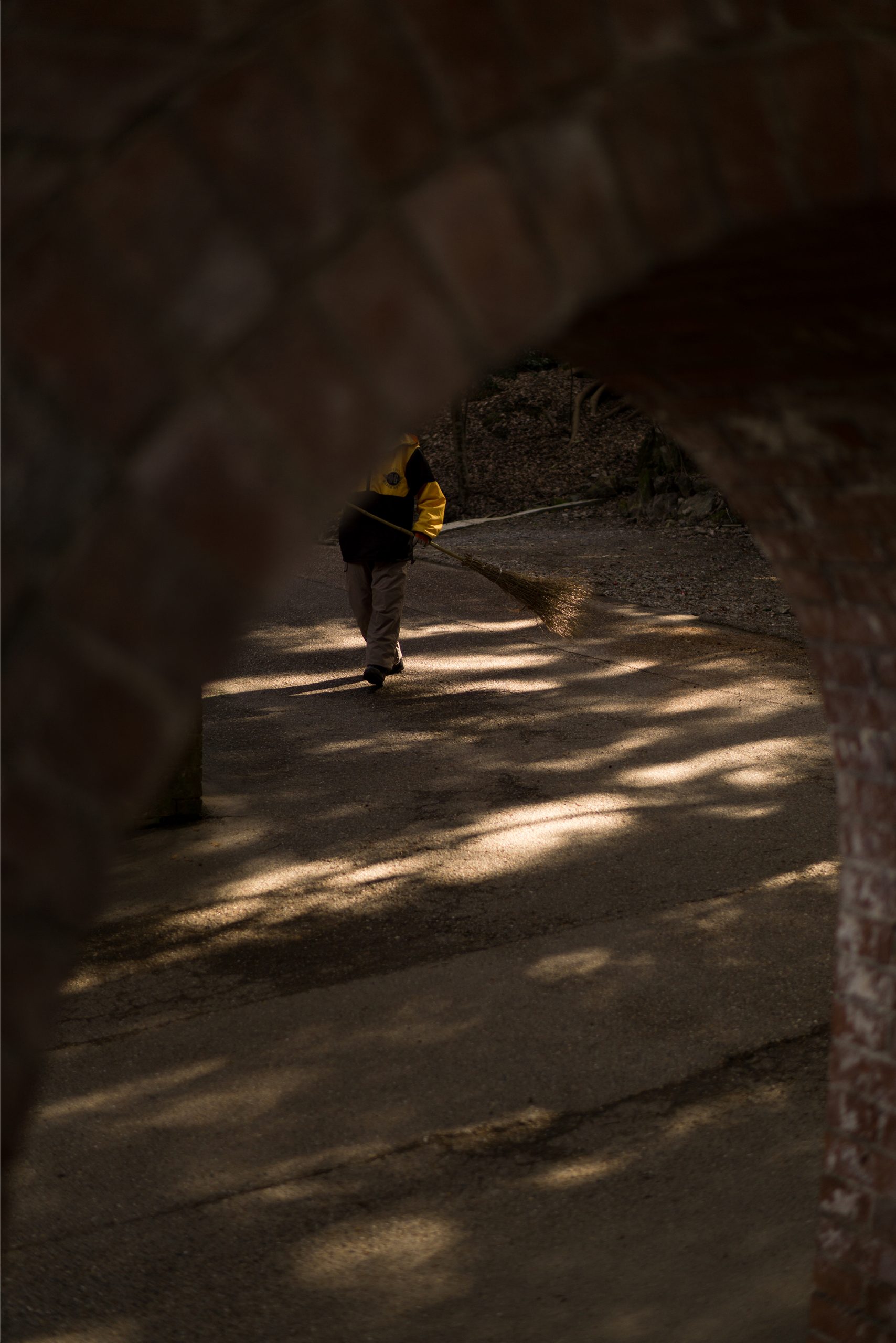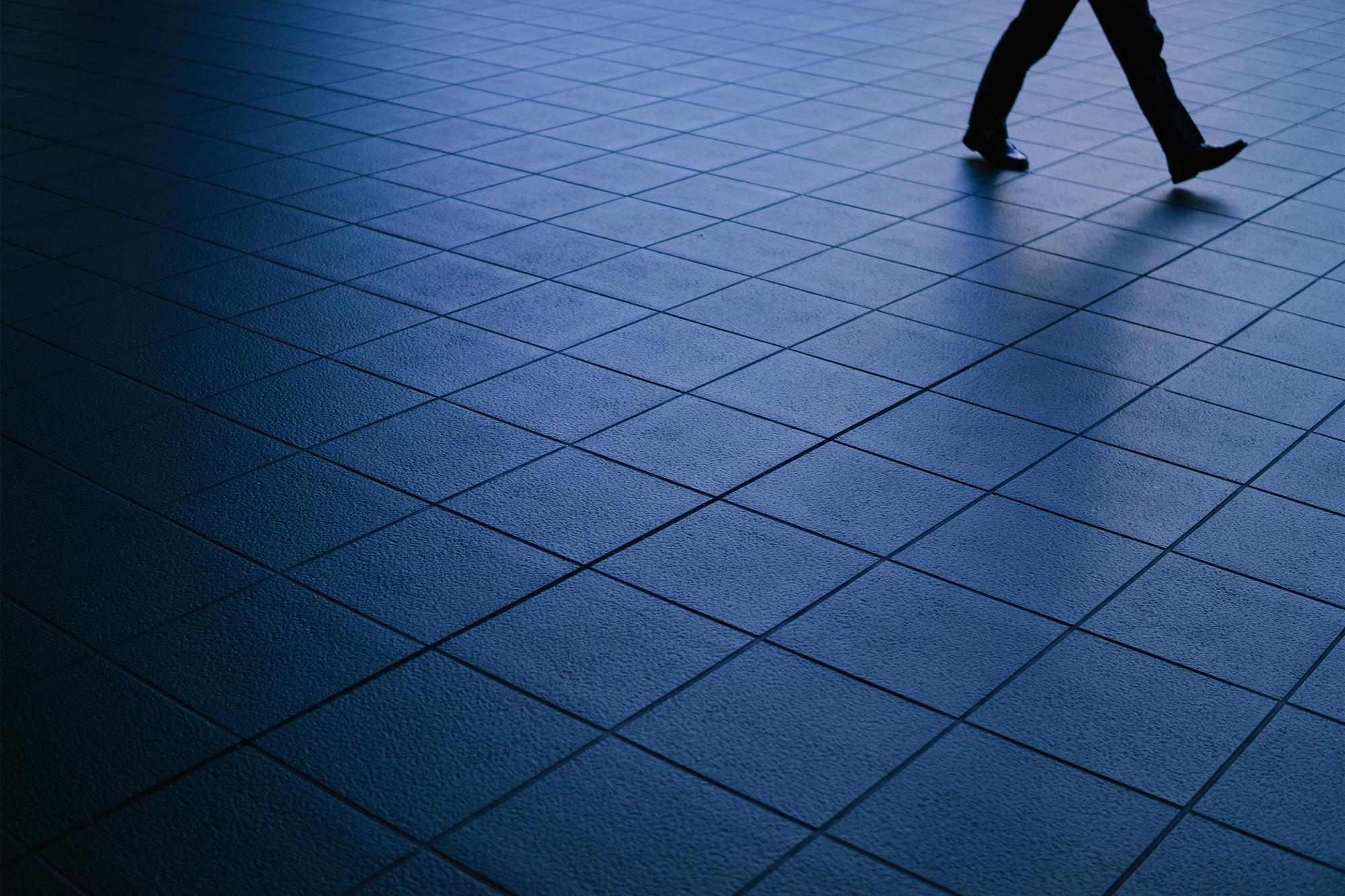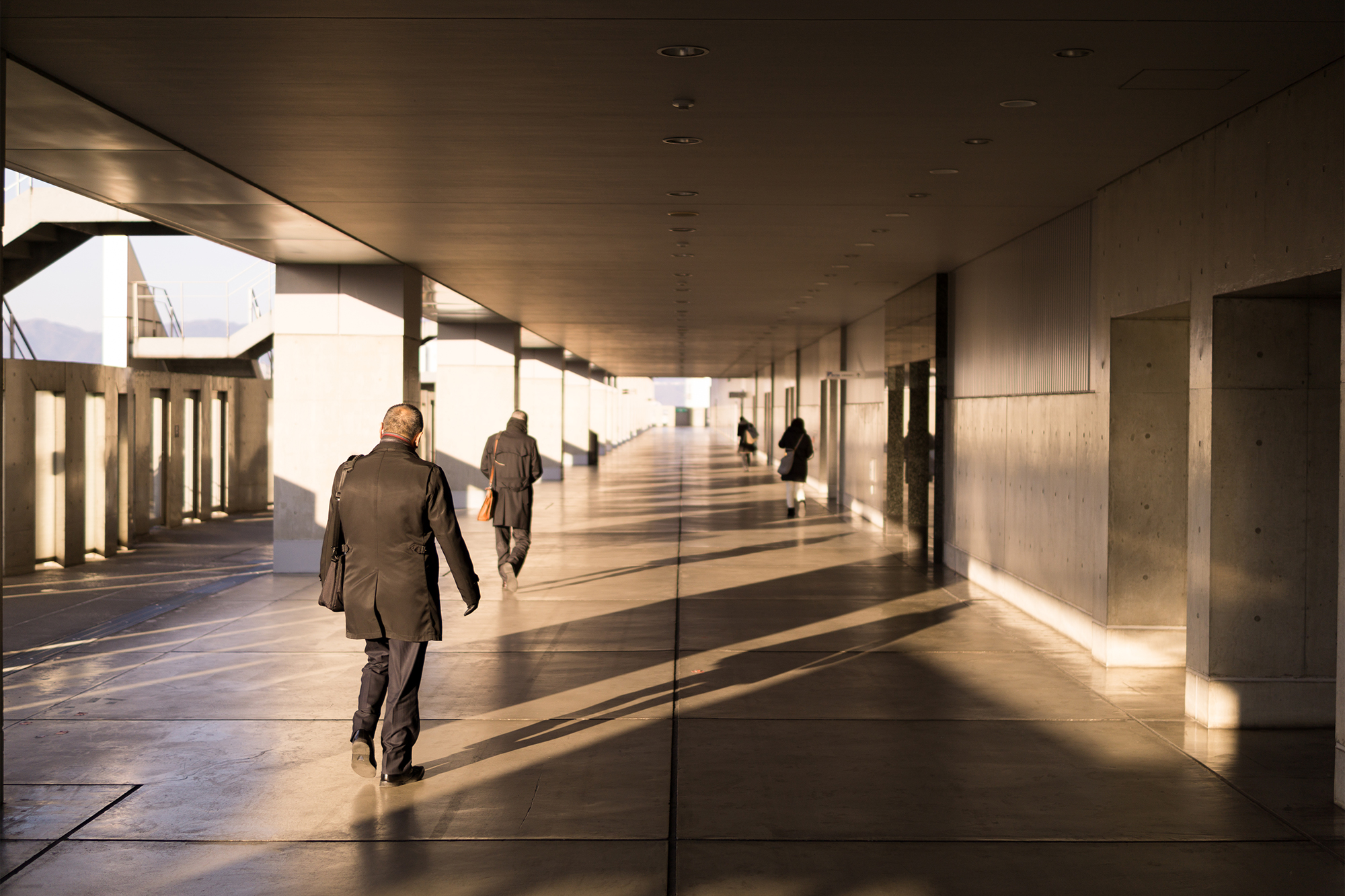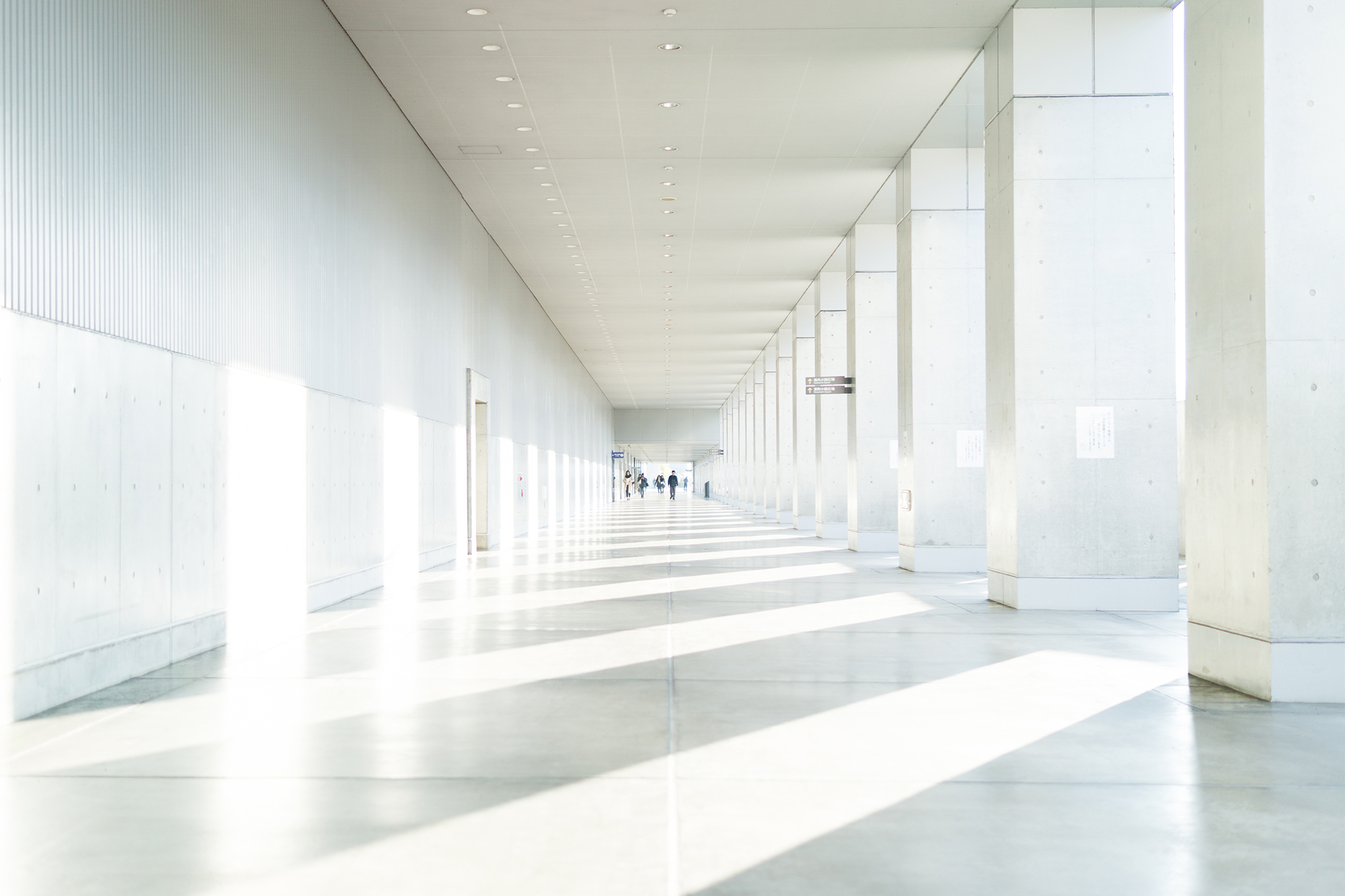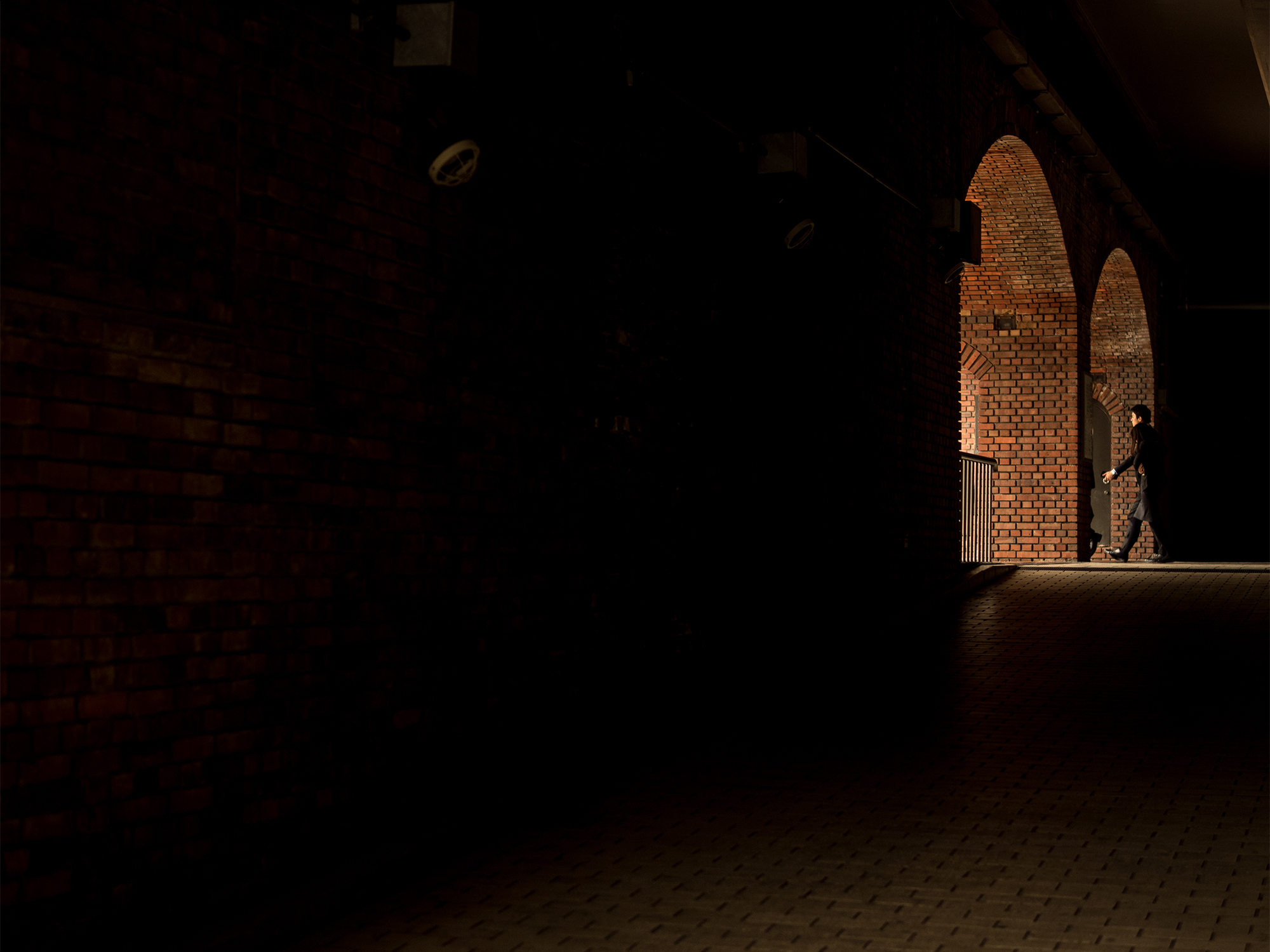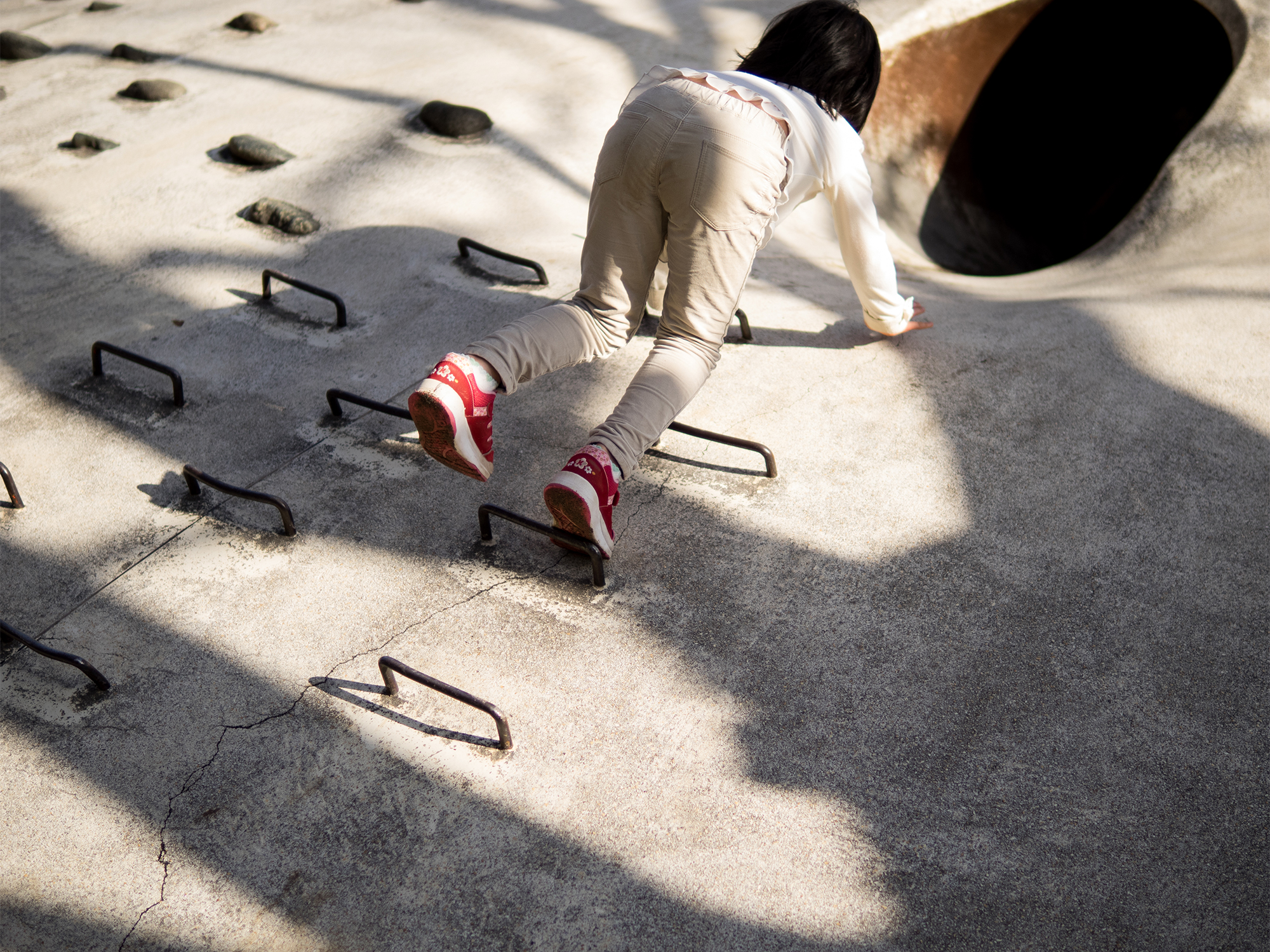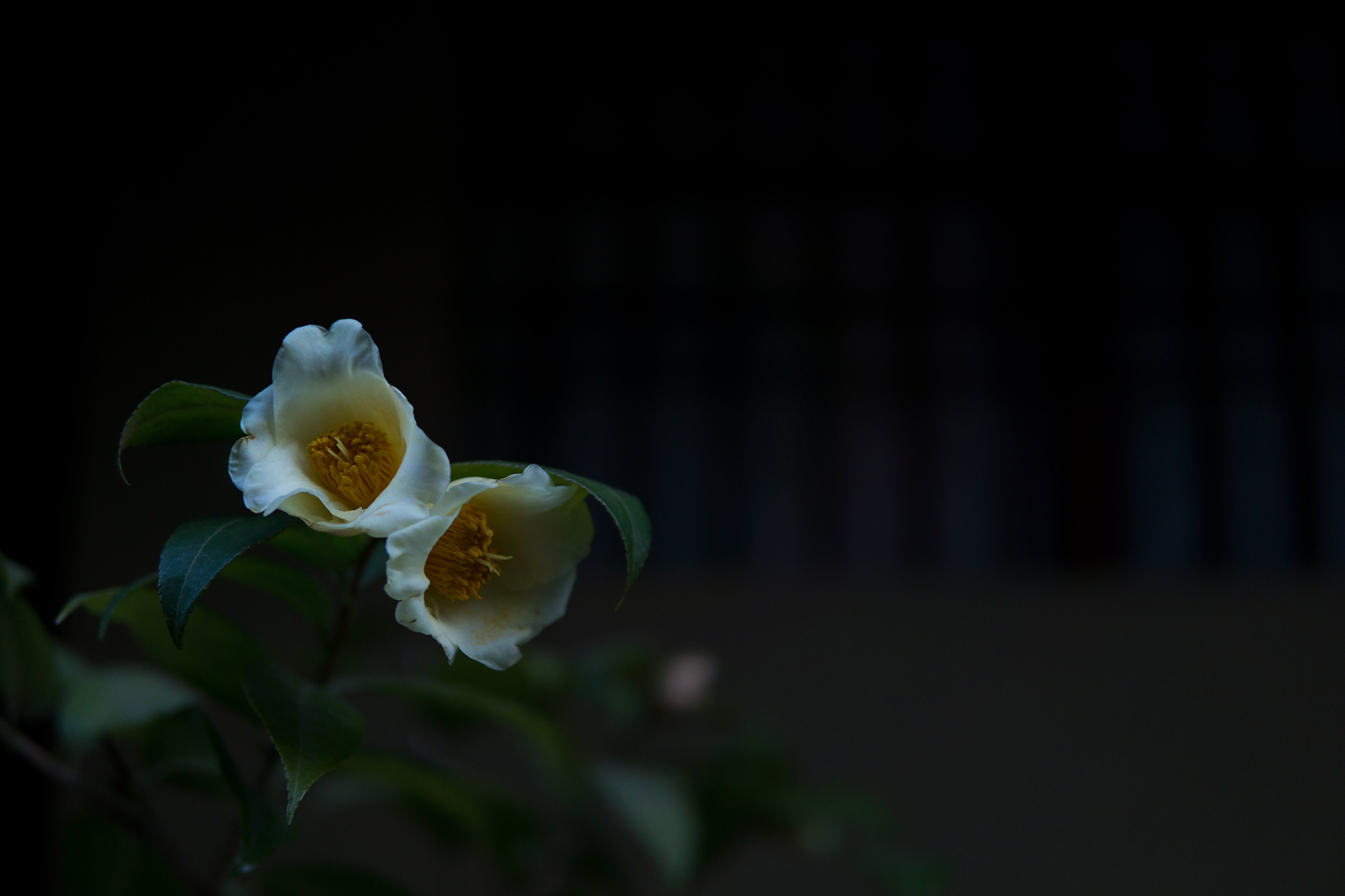
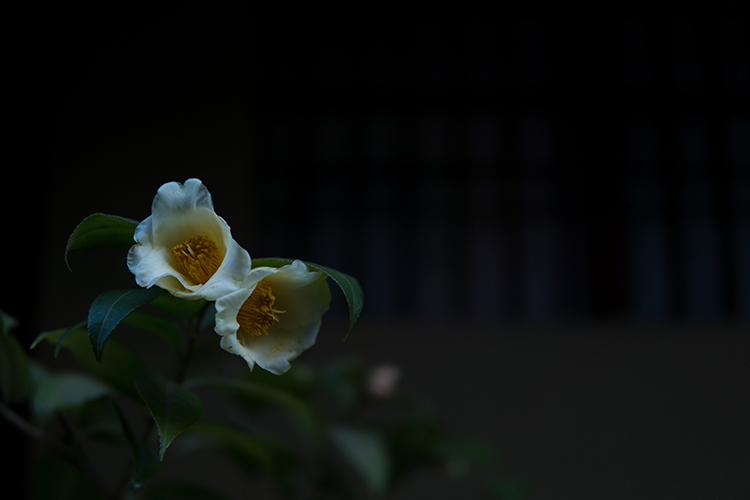
30mm F1.4 DC DN | Contemporary Impression
Large-diameter fixed-focal standard lens exclusively designed for mirrorless cameras
Because there’re not many F1.4-class lenses for mirrorless cameras, the value of this lens is quite high and it draws a world only a large-diameter lens can capture. I remember that the rendition of the 30mm F1.4 EX DC/HSM released around 2005 was unique and classical. Later, it was completely redesigned as an Art line version and the image quality lived up to its name. This version, which is optimized for mirrorless cameras, cannot be bad because it is the latest lens. On 35mm full frame, the angle of view is equivalent to 45mm with E-mount and 60mm with micro four thirds mount, and they are both versatile. Among all kinds of interchangeable lenses, we first become attracted to large-diameter fixed-focal standard lenses. They are relatively reasonable in price and packed with all fascinations of photographic expression.
This lens is meant to be "kept mounted" because it's compact, good-looking, and allows us to savour the personality of a large-diameter lens.
An F1.4-class lens delivers large bokeh even with a mirrorless camera whose sensor is smaller than 35mm full frame. Bokeh is one of the major appeals of photographic expression. With this lens, you’ll definitely have more choices in expression. Compared to conventional high-speed lenses which tend to be large and heavy, this one is very compact and it matches perfectly with the bodies just like they were tailor-made. So, you can enjoy shooting keeping it mounted on your camera. The standard angle of view equivalent to around 50mm is versatile because it shoots like a wide angle and a telephoto. And, you can change an everyday scene to a special one using the large bokeh. It’s compact enough to always put into the bag and it gives more choices of expression. Although it’s not as flexible as a zoom lens, it urges you to use your brain and feet to compose, and there’s much to be gained by it. For this article, I shot everyday and travel scenes and I hope you will find them helpful.
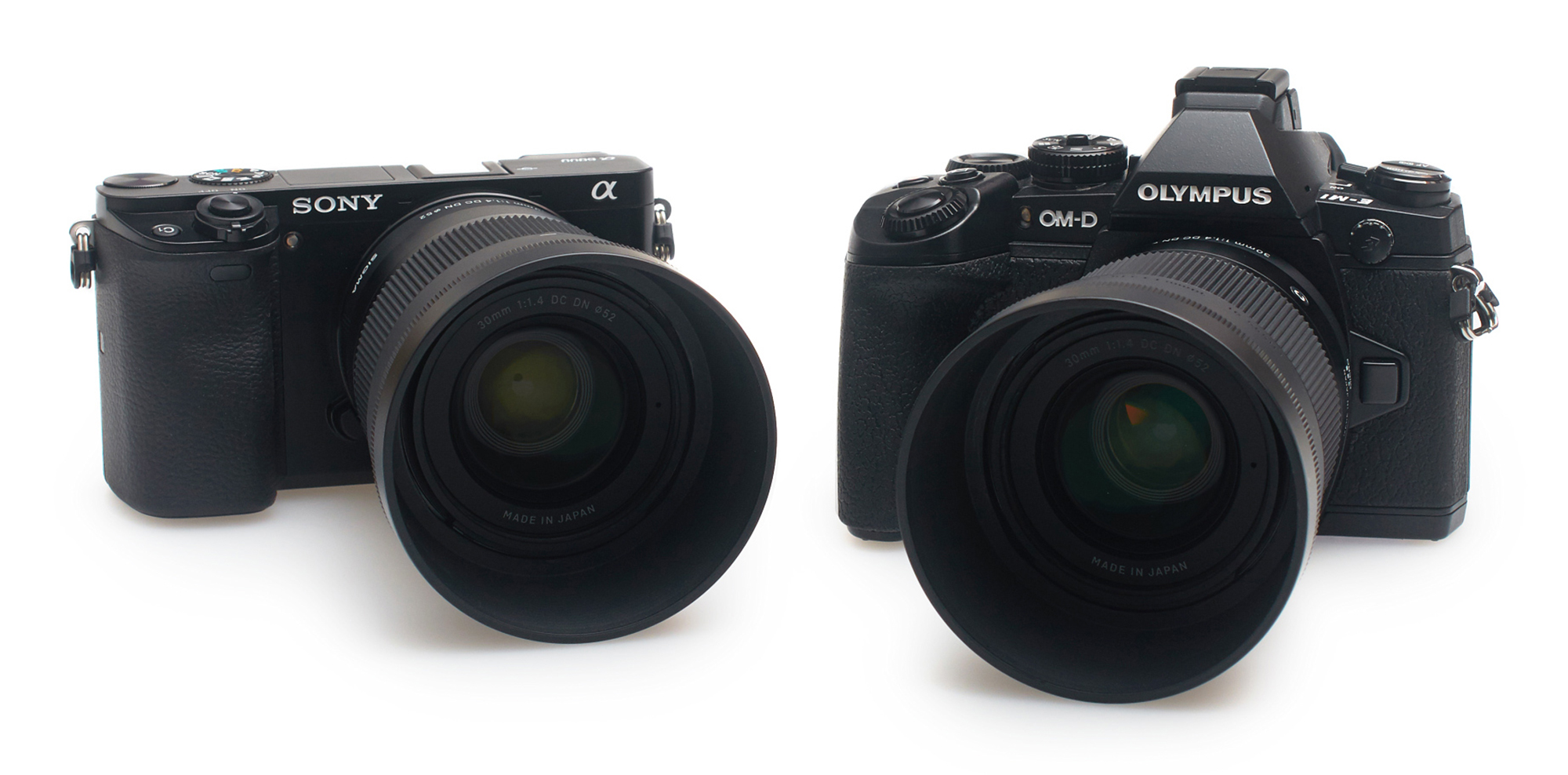
Its simple and handsome design goes well with any camera body. It’s an "inviting design”
For traveling - Pick a high-speed lens around 50mm.
Choosing lenses for traveling is always hard, but this is when the joy of traveling begins. Because traveling is about encountering extraordinary scenes, the leading candidate would be a standard lens. While focal lengths around 50mm are often referred to as standard, many photographers use a 35mm as their standard lens as well. Compared to the angle of view equivalent to around 35mm which can capture the subject relative to its surroundings, the one around 50mm can further highlight the subject. I personally prefer lenses around 50mm to 35mm because they work to expand my photographic expression by forcing me to consider whether I should get closer to or further away from the subject. In other words, it’s versatile and stimulating. And, the large diameter of around 50mm provides more choices of the distance to the subject and the aperture. As a result, images become more appealing. Or, impressive travel scenes are captured in an impressive way. Also, it must be noted that the focal lengths around 50mm lets us shoot light.
A large-diameter fixed-focal lens captures something special.
It captures the atmosphere of the scene just as it is. A large-diameter fixed-focal lens is full of photographic enjoyment.
An oden restaurant "Takocho,” located at Kawabata St. and Donguri Ave. Famous photographer Ken Domon used to visit this place when he was shooting Buddhist statues in Kyoto. It was established in 1882, 134 years ago. Mr. Kawai in the shot on the left is the 4th-generation chef. The taste is so refined that I often go there.
When I aimed the new lens asking him if I could take some photography for an article, he started to arrange the oden on a plate gently. He said, "I finally bought my camera. I want to record my cooking process starting from ingredient level and add the photos to my blog.” I see. Thank you for your kindness!
Grabbing my camera out from under the counter, I started shooting just like I do with a smartphone. No matter what kind of cameras I use, I can take photography. However, the thin drawing lines and big/smooth bokeh add to the power of expression.
Wandering and shooting around the city
It’s light and fun to shoot streets with compact equipment because it doesn’t obtrude while shooting.
Pure Kyoto fans may avoid Gion because it is one of the best tourist spots in Kyoto. If you try to shoot the whole city, you may end up with taking ordinary shots. However, the angle of view around 50mm allows you to extract the essence and you’ll never be bored with it.
Lowering my eyes, I looked into the viewfinder. If you want to take a shot like this, Gion is perfect place and the angle of view around 50mm is ideal. Because it’s a fixed-focal lens, composition isn’t as easy as doing it with a zoom lens. Sometimes I get close and sometimes I step back. Even though I’ve been shooting photography for a long time, I still enjoy this process, leaving the quality of my shots aside.
A sushi mixing tub was being dried at the eaves. This image shot just before the sunset well demonstrates the rendition of this lens. The focal peak is defined delicately. At the same time, together with the smooth back bokeh, it expresses the atmosphere of the scene.
If you want to shoot the breath of Kyoto, I recommend the angle of view around 28mm. But if you want to shoot the facade of the city, I’d use the angle of view around 50mm and shoot vertically. By focusing on the foreground, I expressed the darkening alley after the sunset.
There were only a few people in Gion around midnight. Just like I did for the previous shot, I focused on the foreground and defocused the background in order to express the bright atmosphere of the background. Then suddenly, an apprentice geisha appeared and I scrambled to press the shutter button.
At the bus stop, I was surprised to see so many tourists from overseas. I shot because the red hoodie was so eyeful. The 3D quality is amazing, let alone the deep color reproduction.
I hurried to pass them because I didn’t want to interrupt them. While many foreign tourists wear kimono in Kyoto, these two ladies were from Japan. When I was passing them, I said, "You two look wonderful. May I also take a photo of you?” I looked back and shot them from the back. Rendition is clear in a bright situation while it expresses the weight of air in a dark situation. I feel this lens has a great balance between clarity and contrast. And, it’s sharp more than enough wide open.
At Suirokaku, Nanzenji Temple. If I want to shoot it as it is, I would use the angle of view around 28mm. While on the other hand, a fixed-focal length around 50mm reflects my point of view. It allows me to view the scene with more angle even at a tourist spot.
Scoop everyday scenes with a swoop.
With the angle of view around 50mm, even familiar scenes reflect the worldview of the photographer.
You can capture the air of everyday scenes just by opening up the aperture. The 3D quality is wonderful.
I took another shot at the same location with extreme high-key. Again, I wide-opened to express the floating feeling. If the camera has image stabilization or is mounted on a tripod, you can also stop down to cause motion blur of the people.
The best part of standard angle of view is that it shoots like a wide angle and a telephoto. Yet, the perspective isn’t so intense as a wide angle lens and the compression effect isn’t so strong as a telephoto lens. Because of this neutrality, it plays the two roles. By composing carefully, you can emphasize the serenity unique to this angle of view.
It shoots like a telephoto lens. I simplified the composition by blackening the foreground.
Although it’s sharp enough wide open, it becomes razor-sharp to the corners by stopping down one F-stop. Again, the 3D quality is remarkable.
This compact lens gives color to everyday scenes and it will dramatically expand your range of expression.

